TDU Power of Research 1
By leveraging partnerships with industry, government, academia and local communities, TDU actively gives back to society through its research results. This section highlights the organizational framework and activities of the Center for Research and Collaboration (CRC), which plays a leading role in this effort.
CRC Organization Chart
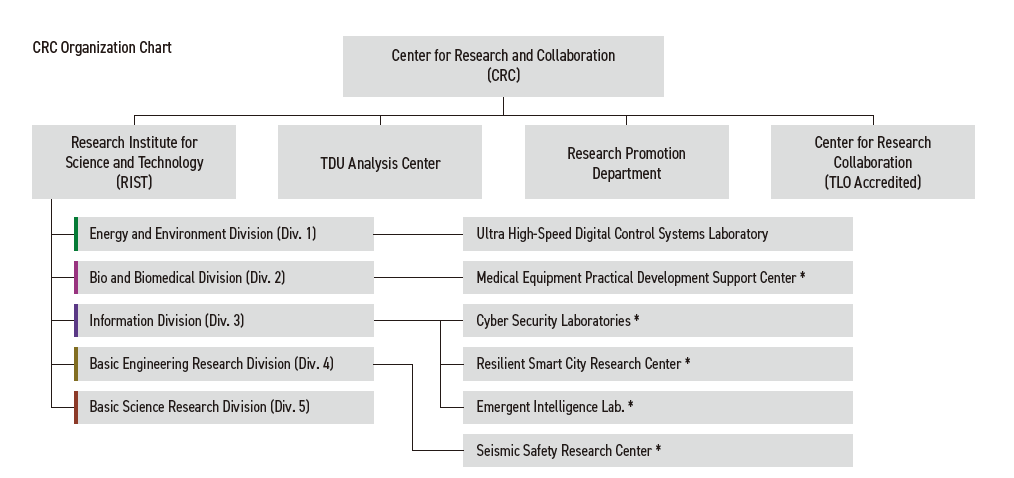 * Project-based laboratories: Conduct research with externally raised funds for certain periods of time.
* Project-based laboratories: Conduct research with externally raised funds for certain periods of time.
Center for Research and Collaboration (CRC)
CRC sets up university-wide research policies aiming to realize humans’ future dreams and create new industries. The Center also stimulates leading-edge research and development in a wide range of fields. CRC has strong commitment to R&D, especially in the four key research areas – energy and environment, bio and biomedical engineering, information, and safety and security – that are highly demanded by society.
CRC makes every effort to share the results of the research conducted by TDU with our society through various activities such as patent and technical consultations, sponsored and joint research, workshops, and research facility tours.
Research Institute for Science and Technology (RIST)
University-wide comprehensive research institute
RIST was established in 1981 as a university-wide comprehensive research institute and has been positively supporting and unfurling research activities for TDU students and faculties. The Institute focuses on the university’s original mission – knowledge creation – and contributes to society through by promoting project-based research, fostering junior scholars, and research funding review and allocation. RIST has expanded to comprise five divisions for responding to social challenges, developing the require technologies, and prioritizing fundamental study: Energy and Environment, Bio and Biomedical Engineering, Information, Basic Engineering Research, and Basic Science Research.
Energy and Environment Division (Div. 1)
Research for solving energy and environmental issues
Bio and Biomedical Division (Div. 2)
Research for medical and welfare; contributing to humankind broadly
Information Division (Div. 3)
Research for fundamental and applied information science technologies
Basic Engineering Research Division (Div. 4)
Research for basic engineering; focusing on future applications
Basic Science Research Division (Div. 5)
Research for fundamentals; aiming to build sustainable society
Center for Research Collaboration: Technology Licensing Organization (TLO) Accredited
The contact point for academic exchange
The Center for Research Collaboration promotes the development, management, and utilization of intellectual properties developed at TDU, while coordinating with public institutions such as the TLO within the University. In addition to promoting commissioned research and joint research projects, the Center holds lectures, seminars, and exhibitions related to fostering collaboration between industry and academia, as well as technology transfer.
The Center also conducts technical exchange and on-campus technical tours, and introduces research details of work conducted by students and teachers and the patents held by the University. In addition, the Center disseminates information outside TDU regarding the seeds of technology and research results based on the University’s own research projects, as it actively seeks to return the fruits of its research activities to society.
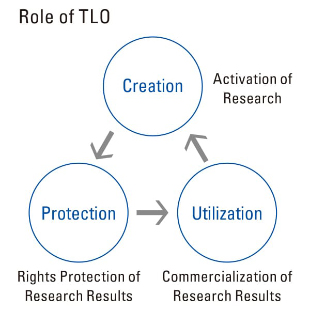 Role of TLO
Role of TLO
TDU Analysis Center
Empowering Research and Innovation Through Shared Expertise and Advanced Analysis
The Analysis Center aims to contribute to the university's educational and research activities by efficiently managing high-cost-performance shared equipment primarily for internal research use. The center owns about 20 advanced analytical instruments, ensuring the continuous operation of these shared resources through a strict framework that has been agreed upon by the entire university. This includes planned updates, equipment replacements, and disposal, all managed centrally to optimize usage and foster active research and education.
In the future, the center also aims to contribute to regional society and promote collaboration. For example, in manufacturing, the need often arises to investigate the properties of materials. The center provides shared equipment for measuring and evaluating material properties, supporting the advancement of education and research for faculty and researchers at the university.
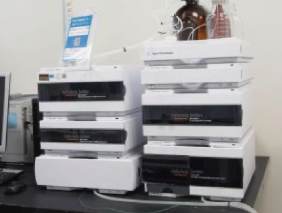 High-Performance Liquid Chromatography
High-Performance Liquid Chromatography
TLO Featured Researches
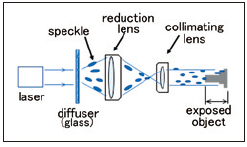 Microfabrication technology that can transfer uniform micropatterns all at once, even on surfaces with differences in level.
Microfabrication technology that can transfer uniform micropatterns all at once, even on surfaces with differences in level.
Professor Hiroshi Kobayashi
This research involves a new exposure device that can uniformly expose microstructures even on surfaces with steps, making it possible to process microstructures on metal surfaces and impart properties such as water repellency and friction reduction. Such device consists of 1. A light source that emits coherent light, 2. Light diffusing material that diffuses light, 3. Collimating lens that converts speckle light into parallel light, 4. A holding base that allows the collimating lens to be moved, and 5. A stand that holds the object to be exposed.
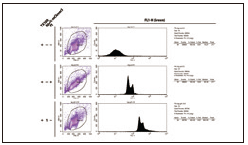 Fusion proteins, double-stranded DNA labeling agents, doublestranded DNA labeling kits, DNA,and vectors.
Fusion proteins, double-stranded DNA labeling agents, doublestranded DNA labeling kits, DNA,and vectors.
Professor Shunsuke Takahashi and Professor Yukitoshi Nagahara
This technology relates to a new double-stranded DNA labeling technology using a fusion protein containing a fluorescent protein and a specific double-stranded DNA binding protein. Conventional nucleic acid staining reagents (e.g., intercalator-type fluorescent dyes) have the problem of distorting DNA structure and inhibiting metabolism, but the technology of the present invention solves these problems.
This fusion protein not only allows DNA to be labeled safely and accurately, but also has long fluorescence duration, allowing for long-term observation and analysis using fluorescence microscopy or flow cytometry. This technology provides a safe alternative to traditional nucleic acid staining reagents.
 Protecting Lives from Natural Disasters! -Research on Flooding Prediction Systems to Safeguard Cities and Communities-
Protecting Lives from Natural Disasters! -Research on Flooding Prediction Systems to Safeguard Cities and Communities-
Professor Wataru Kobayashi
In recent years, urbanization has progressed, and heavy rainfall in short periods of time has overwhelmed drainage systems, frequently causing road flooding and water intrusion into buildings.This has led to damage that sometimes endangers lives. If the occurrence of flooding and water intrusion could be predicted, actions to protect lives and reduce damage could be taken. At Tokyo Denki University, research is being conducted on a system that uses low-cost flooding sensors, which are more affordable than water level gauges, to predict the onset and cessation of road flooding. Currently, demonstration tests are being conducted at more than 25 locations across Tokyo and four neighboring prefectures.
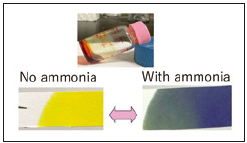 World's First! Detect Decay Gases with Color Change – Instantly Visualize Ammonia Gas! -Development of Ionic Liquid Sensors -
World's First! Detect Decay Gases with Color Change – Instantly Visualize Ammonia Gas! -Development of Ionic Liquid Sensors -
Professor Naoya Adachi
In pursuit of a carbon-neutral world, Tokyo Denki University is conducting research and development that contributes to this goal. Ammonia, which does not produce carbon dioxide when burned, is also being recognized as a promising green fuel. Additionally, ammonia is involved in various areas such as fertilizer production, refrigerants, hydrogen storage, decaying gases, cultural heritage degradation, and Helicobacter pylori infections.
In response, we have developed an ammonia gas sensor that enables quick visual detection of ammonia gas at an affordable cost (see photo on the left). This sensor can be reused multiple times.This technology allows for easy visual confirmation of ammonia gas presence through a color change, turning from yellow to blue when ammonia is detected. It can be used for quickly detecting ammonia management,gas generation, or leakage, and offers a wide range of applications, from the food industry to fuel-related fields.
TDU Creation and Design Center
TDU Creation and Design Center embodies the founding spirit of Tokyo Denki University: “Respect for Practical Study.” At the heart of TDU’s concept of monozukuri is the provision of a place of learning where students can strengthen their own technical achievements; that supports students’ and instructors’ research efforts; and that contributes to society by providing classes and lectures about the art of manufacturing and supporting enterprises’ technical development. TDU Creation and Design Center cultivates imagination and creativity, providing total backup for people who want to create.Turn your ideas into reality.
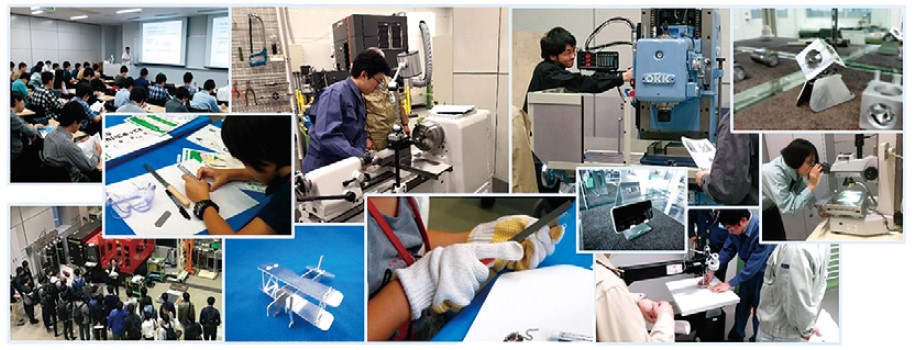 A few examples of the equipment and machinery
A few examples of the equipment and machinery
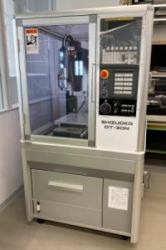 Super-compact machining center
Super-compact machining center
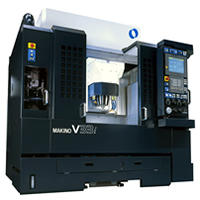 Machining center
Machining center
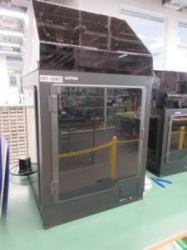 3D printer (FDM)
3D printer (FDM)
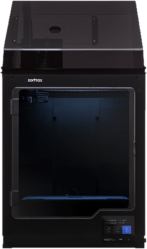 3D printer (FDM)
3D printer (FDM)
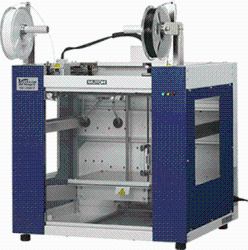 3D printer (FDM)
3D printer (FDM)
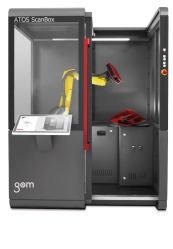 3D gauge
3D gauge
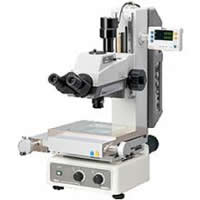 Measuring microscope
Measuring microscope
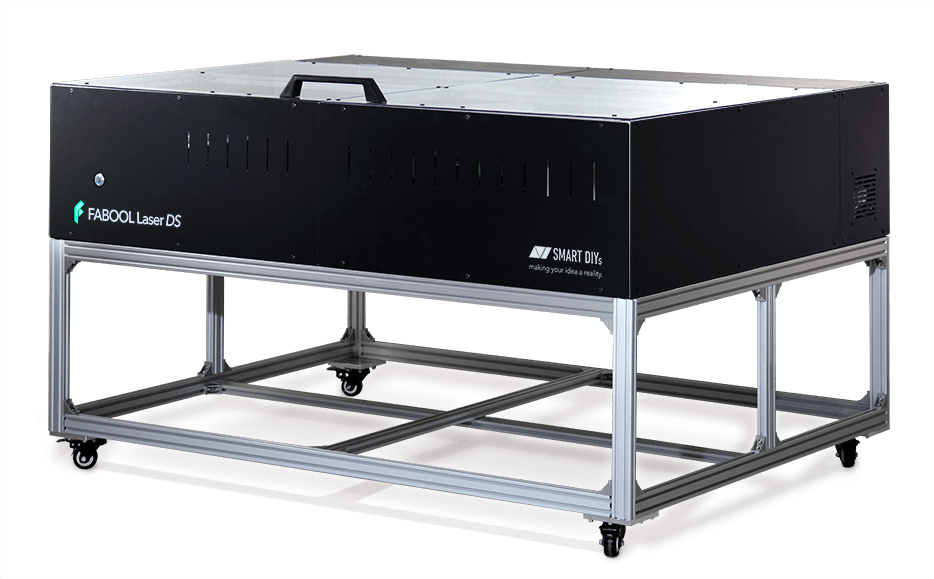 Laser processor
Laser processor
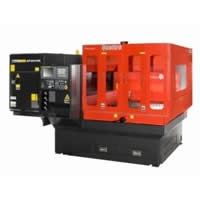 Laser processor
Laser processor
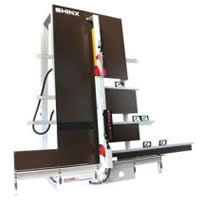 Panel saw
Panel saw
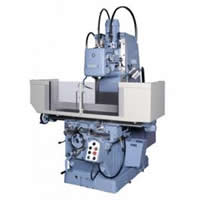 Milling machine
Milling machine
 Fret saw
Fret saw
Related content
- Undergraduate Schools
- School of System Design and Technology
- School of Science and Technology for Future Life
- School of Engineering
- School of Science and Engineering
- Graduate Schools Overview
- Graduate School of System Design and Technology
- Graduate School of Engineering
- Graduate School of Science and Engineering
- Graduate School of Science and Technology for Future Life
- Graduate School of Advanced Science and Technology
- International Program(Doctoral Course)